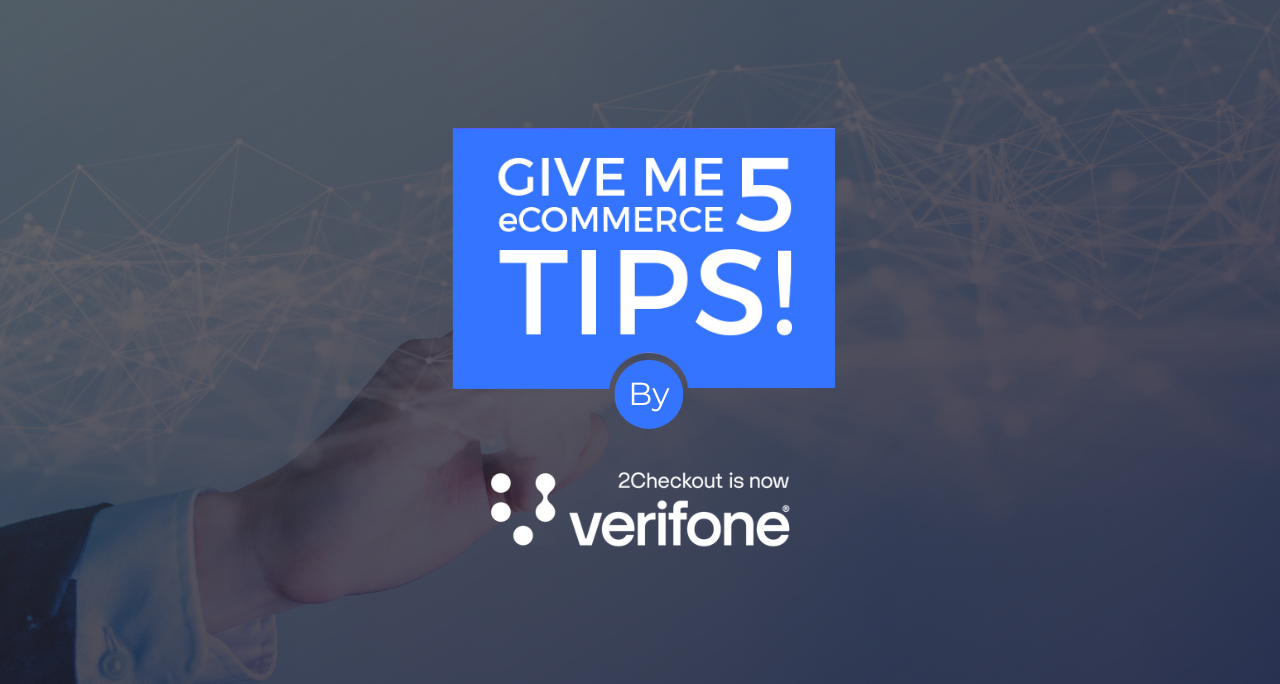I recently read an article on how shifting to subscriptions has affected Adobe products. Basically, the company saw a decrease in revenues in the short term, but current signs lead to a good prognosis on medium and long-term revenues.
This is just an example of the current trend of monetizing products and services via subscriptions, which is happening in many more verticals than just software and digital goods. A pay-per-use business model (subscriptions) has multiple advantages:
- More customizable for individuals (consumers, small businesses, enterprises) in terms of the packaging and price
- More predictable source of revenue for owners
- More attractive to customers given the seamless product upgrades and uninterrupted service they benefit from as subscribers
So how can you take advantage of a subscription revenue model for your company? Here are 3 simple steps that will help you turn your product into a subscription.
1. Run competitive analysis. Don’t head into this endeavor without first finding out if your competitors have experimented with subscription products – and how that shift has worked for them. Try to uncover the complete context of their subscription efforts. How have subscriptions affected their revenues (very easy to discover if they’re public companies)? What effect have subscriptions had on distribution channels, such as affiliates, resellers, and more? Based on your research, you can anticipate how subscriptions might work for your company.
Tip: Don’t stop at your direct competitors – go a little broader with the analysis and make sure you look at merchants that work in your geographical “sweet spot”, as this will tell you a lot about regional payment preferences.
2. Draft subscription plans. Take into account the competitive analysis and, where possible, create a better offer than your competitors in terms of both functionality and price. Based on your research, you will be in a position to do some accurate estimates for your business plan. Experiment with different monthly packages and figure out how long it will take for the subscription model to pay off in the medium to long term.
Tip: Try running subscriptions in parallel with your current lifetime licensing to help your company absorb the immediate revenue shock of shifting to subscriptions.
Be sure to clearly outline the advantages of subscriptions to customers (like always having the products updated without extra cost and being able to use the service when needed most) and constantly monitor the evolution of sales between the lifetime licenses vs. subscriptions. You don’t want your existing options to cannibalize subscriptions, if you plan to fully shift to subscriptions in the future.
3. Ensure your payment processing solution is compatible with subscriptions. Be sure the digital commerce solution you use can help you with everything that’s needed to successfully launch and manage subscriptions for your products and services, including at the channel level – resellers and affiliates. Here are some of the many business needs you must take into account when choosing the right payment processing solution for your shift to subscriptions:
- Will you be offering a trial before converting the customer to a subscription?
Tip: Most merchants use some type of “hook” to get a pool of potential customers on board and increase their conversion rates.
- Will this trial be paid (small amount) or free?
Tip: Big brands with high awareness can go with paid trials; small ones should start free. If you start free, you may want to ask for customer payment data when beginning the trial, but only issue charges after the trial period is over.
- Are you willing to offer discounts for potential customers who don’t buy a subscription?
Tip: Look for lead management solutions. These may be part of the eCommerce platform (as with Avangate), or an affiliate option (such as VeInteractive), and can help you convert uncertain customers who may need a custom offer.
- If you’re shifting payment providers, import your existing subscriptions to the new platform.
Tip: This will make sure you can create compelling promotions for your existing customer base and offer them the level of service they’ve come to expect in terms of subscription payments or cancellations.
- Do you want to credit affiliates for the subscription renewals their referred clients generate?
Tip: This is a great incentive for affiliates, especially for subscriptions that recur weekly or monthly. As affiliates are looking for fast money, they will be highly motivated by this incentive policy for short-term subscriptions.
Going from zero to profitable with subscriptions can take anywhere from a couple of weeks to months or even years, but the shift is almost certainly going to be worth it in the long term. Use our tips to evaluate your subscription potential, and you’ll be on your way to subscription success.
Bottom line: anything that’s a digital good (especially access to information) can easily be translated into a subscription. That’s good in the long run, but may affect your revenue in the short term – but you’ll be prepared if you do the right analysis.




